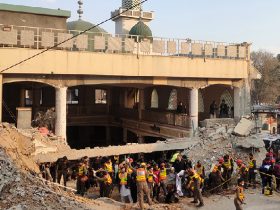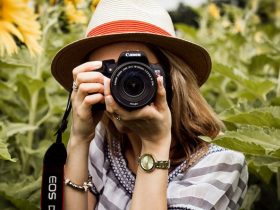India’s public school system is regulated by the Right to Education Act, 2009. States also have their respective laws. A total of 145 state statutes and 101 regulations are involved.
Few choose to enrol in a public university. Everyone is grateful for public schools, but nobody ever questions why they exist. Private schools, on the other hand, have an unlimited number of guidelines to follow. Nonetheless, they’re the target of complaints. There was zero recognition, but constant demands that more be done.
In India, as we emphasised in our recent background paper for the regional report on non-state actors in education in South Asia, most regulations in pre-primary, primary and secondary education focus on infrastructure and inputs only. This includes classrooms, minimum land, teacher qualifications, teacher salaries and fees.
Many resources that could have been used to make learning more enjoyable and engaging in private schools are instead spent on meeting these standards. Based on our analysis of state legislation, it is clear that the term “learning outcomes” or “outcomes” is rarely used in state statutes. This misplaced focus has been noted in the National Education Policy, 2020.
Input norms for schools in India can be excessive. In Assam, for instance, a school needs at least one bigha of land (or 2,508 m2). For a Delhi school to become recognised by the Central Board of Secondary Education, a similar amount of land (3,000-4,000 m2) may be required (CBSE). As a result, the price of being in conformity is extremely high. Depending on the location, the cost of acquiring land and opening a school could range from INR 200–500 million (roughly US$2.5–6 million). These kinds of sums are beyond the scope of what a trust or society can manage, but are well within the purview of a for-profit enterprise. However, most states do not allow for-profit companies to run and operate schools (with the exception of Uttar Pradesh and Haryana). Schools have a hard time obtaining funding and credit due to their non-profit status.
This is not the only difficulty in opening a private school. To get started, you need to show that the school is necessary for the community by obtaining an essentiality certificate. Okay, but how do you back that up? It is not explicitly defined in law what characteristics constitute a “essential” school. This means that the decision will ultimately rest in the hands of a bureaucrat’s personal preferences. It’s interesting that the government can use taxpayer money to open a school without having to provide any sort of justification for doing so. The National Education Policy has recognised the prevalence of underutilised public schools and proposed clustering those institutions together to cut expenses.
Once established, a private school must gain approval from the same government agency responsible for public schools. That is to say, the same government agency can also regulate any rivals in the market. The department can close private schools that are in competition with its own for failing to meet input norms, but it does not require compliance from its own public schools. The umpire doubles as a player for one of the teams in this cricket match, making the game unfair.
It’s no surprise that private schools face excessive oversight while public schools face inadequate oversight. The term “regulatory asymmetry” is used by the NEP 2020 report to describe this phenomenon. The private school sector is portrayed as the “other” and is subjected to “discipline” in the form of numerous rules and regulations. Private schools get a bad rap despite the fact that they provide quality education at a fraction of the cost that a state government spends on its schools. This “othering” has become institutionalised in both law and practise.
Is there any way to alter this?
The current rules need to be updated. In order to maintain a level playing field, the National Education Policy suggests instituting a neutral regulator. Better results could be achieved if private schools were granted more freedoms, such as the ability to borrow money and set their own tuition rates. Increasing competition between schools would be the most effective method of enforcing accountability standards in the private school sector. So that parents have more options and there is more innovation in the educational system, the government should make it easier for new entrants to set up schools.
The National Education Policy has pushed for a transparent system of rules and guidelines. Because of this, parents will be able to make a better decision. Permit the regulator to hire outside parties to conduct evaluations, which will increase transparency regarding assessment results. Both public and private schools should be evaluated in this way, and the results should be made public.
It’s common knowledge that schools in India and elsewhere in South Asia have a dismal reputation for teaching excellence. Low quality is a direct consequence of poor governance and regulatory discrimination. This kind of bias must be combated. The rights of both private schools and the parents whose children attend them must be protected.
















Leave a Reply